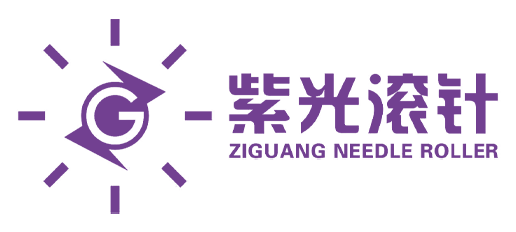The bearing industry has a history of more than one hundred years of development all over the world. Before the 1960s, the bearing industry was mainly monopolized by European and American countries; with the vigorous development of Japanese automobiles, motorcycles, office automation equipment, home appliances, machine tools and other industries, after the 1960s, Japan has gradually entered the field of micro and small bearings. Replaced the monopoly of European and American countries. Since the 1990s, with the continuous progress of my country’s production technology, in the field of micro and small bearings, Chinese bearing companies have begun to compete head-on with Japanese companies, and have gradually occupied the middle and low-end markets of micro and small bearings and some high-end markets. market.
1. The global bearing market gradually resumes growth
In the early 1950s, the total output of the world's bearings was only 900 million sets. In the early 1960s, it reached 1.8 billion sets. In the early 1970s, it was 4 billion sets. In the early 1980s, it rose to 7 billion sets. In the late 1990s, it exceeded 100. 100 million sets; in 1997, the world's total output of bearings exceeded 10 billion sets, with a total sales of about 30 billion U.S. dollars. In 2010, the total output of the global bearing manufacturing industry was 56.6 billion sets. Foresight Industry Research Institute predicts that by 2015, the total output of global bearings will reach 155.7 billion sets.
2. China is the main market for the future bearing manufacturing industry
Statistics show that more than 70% of the world's bearing market is shared by the top ten multinational bearing group companies, including five major companies including NSK in Japan, two companies including FAG in Germany, and two companies including Timken in the United States. At the same time, the high-end market of the world's bearing industry is monopolized by the above-mentioned companies, while the middle and low-end markets are mainly concentrated in China.
If divided by region, the global bearing market can be divided into five major segments: Asia and Oceania, Europe, North America, Latin America, and Africa, which account for 40%, 31%, 25%, 3% and 1% of the market, respectively.
After the economic crisis, the global bearing market will achieve a sharp increase in 2015. With the gradual increase in industrialization, OEM demand is expected to rise.


Post time: Sep-08-2021
